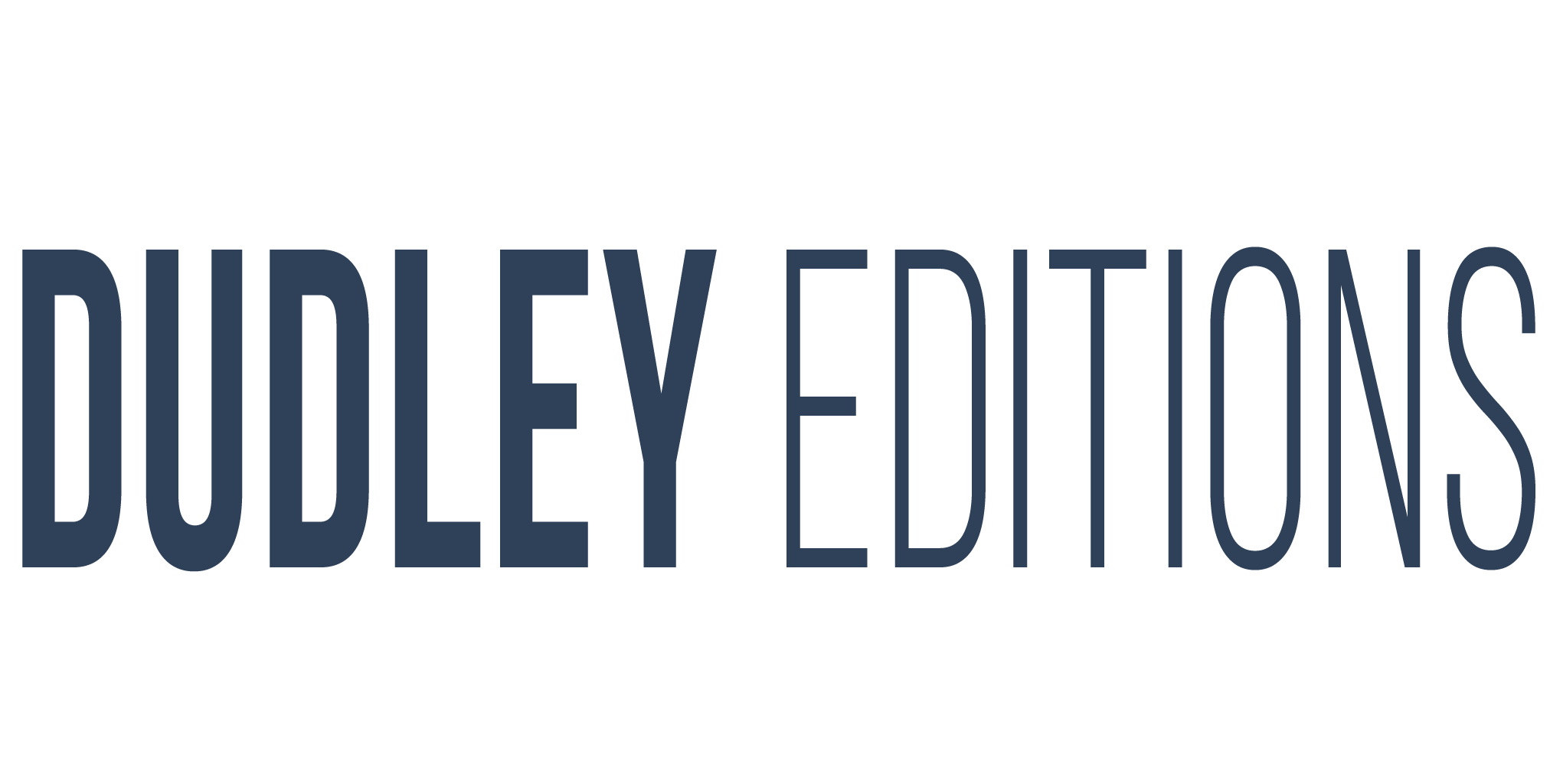
Small, independent publishers have been the lifeblood of the publishing industry throughout the history of printed works. Not only have they been crucial in shining lights on unexpected or underexplored corners of the creative world, they have been the glue of community building, the cornerstone of championing accessibility, and the hotbed of innovation.
While larger publishing houses struggle with the complexity of appealing to audiences who may not align well with their own political visions, but provide too strong an allure to their focus on the bottom line of profitability, we’ve seen a rise in independent voices once more, particularly among people who were drawn to the publishing industry for its more noble aspects.
This isn’t some theoretical Utopian vision, despite its perhaps idealistic feel. The example of Books on the Hill Press and their commitment to dyslexia-friendly editions has just been covered in mainstream media. And the story of their success in meeting a market that’s well-understood and keen to be served is in equal parts inspiring and a stark reminder that publishers haven’t always moved quickly to meet the demands of their readers. Dyslexia-friendly editions provide clarity and enhanced readability for the whole market of readers, while giving those with specific challenges versions that support them.
Small publishers are better placed to act nimbly, take risks, and develop small tests of change which can be acted upon if fruitful, rather than always being tied to delivering organisation-wide success that prioritises profitability over satisfaction, or sales over quality.
Personalised audiobooks are another tool that could be used in the drive towards greater accessibility and inclusion. As with dyslexia-friendly editions, by designing with people who prefer audio and personalised audio as their preferred channel, publishers can deliver solutions that open up stories and books to all, not just niche audiences.
The issues that small publishers often seek to address are not all that different from those facing the larger publishing houses. And in this sense, when the indies and micro-publishers have successes, the challenge becomes how to deliver these solutions at scale. In this way, bigger operators can learn from the innovative approaches of the independent publishing voices.
Collaborative design principles which increasingly underpin innovative approaches can support the scaling of solutions. In particular, the digital support for products such as personalised audiobooks lends itself well to being delivered at large scale.
By viewing small publishing’s commitment to innovation and agility, the publishing ecosystem can continue to build upon the tradition of small, beautiful, boutique approaches being the driving force for change across the sector.
The commitment to meeting the needs of developing readerships is vital to success, with that constant conversation vital to enabling changes that can support a range of goals, from profitability to inclusion, high reader numbers to increased satisfaction, all the while building more engaged, life-long readers to consume books and stories in the ways that suit their busy lifestyles.
Micro-publishers can often sit closest to readers, authors, and communities. That proximity lets them commission into gaps larger houses either cannot see or cannot reach under current P&L assumptions: multilingual or translanguaging texts; works by first-time writers without conventional social proof; experimental forms that blend print, audio, and visual culture. Because decision chains are short, editorial risk can be managed through iterative prototyping: limited print runs, short-run POD, digital versions (across formats), and even staged audio releases, etc.
For micro-publishers, a bottleneck isn’t only about content; it’s often discoverability. Micro-publishers can increasingly bypass brittle, algorithm-dependent exposure by pairing three routes: direct-to-reader channels (newsletters, community Discords, book clubs [both digital and physical across different platforms too], and libraries) and targeted retail partnerships (indies, specialist shops, cultural venues).
If the only KPI for a publisher is units sold, even micro-publishers will publish like everyone else. Reader-centred metrics change the editorial maths: completion rates for audio; accessibility uptake (how many readers use the dyslexia-friendly edition); geographic reach into reading deserts; library adoptions; lifetime value of a reader cohort rather than a single title’s first month.
Micro-publishers are in a great place to also think about how they can reach different niche audiences in social media spaces by thinking more about what ‘engagement’ actually means, rather than pure metrics of likes, shares, comments, etc. While these can be good indicators of readers seeing and even approving of your content, these may not translate to tangible metrics like sales. It is here that small publishers can really focus on what matters to them, what engagement looks like, and how value is really derived when they put forth new and diverse voices and content across their marketing channels.
Micro-publishing, at its best, is not a cottage industry nostalgia project. It is a practical operating model for inclusive growth that can run like a classic startup: lean, iterative, standards-driven, and accountable to readers. If the sector wants a future that is commercially sustainable and culturally honest, this is where the playbook is being written. These are the sorts of publishers that we would love to develop partnerships with. Get in touch if that’s you.
